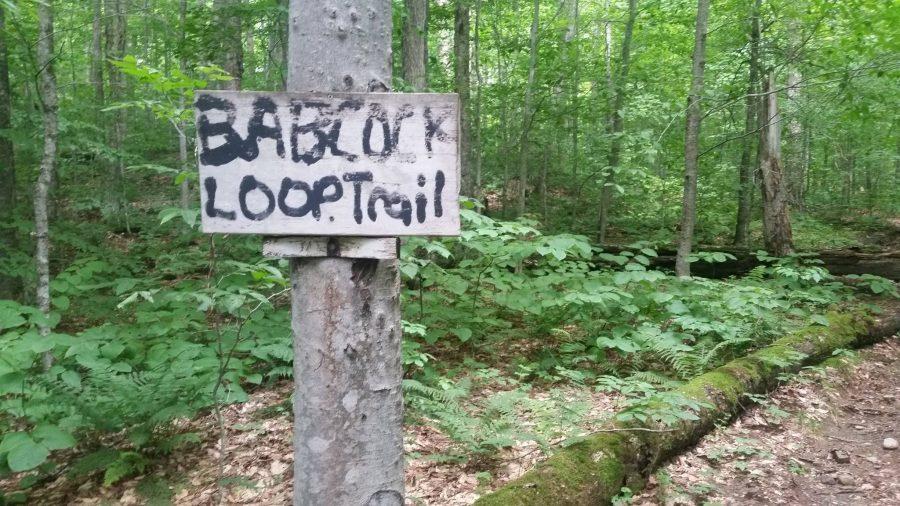Babcock gets a grant
Tucked away in Eden, Vermont, the Babcock Nature Preserve provides a 1,000-acre outdoor laboratory for JSC students and faculty to conduct research and steward its vital ecosystems. JSC recently received a $2,100 “Small and Inspiring Grant” from the Vermont Community Foundation to fund new research opportunities at the preserve.
When part-time environmental science instructor Lisa Zinn arrived at JSC, JSC President Elaine Collins sought her help to enhance the preserve for JSC and its greater community. After collecting information on the site, Zinn underlined the need for further data collection and more public awareness and involvement.
“There was also a need to help the community understand what the preserve was and to help give them a sense that this is a valuable resource for the Eden community,” she said. “When the “Small and Inspiring” grant opportunity came to my attention, I thought that a Bioblitz on the site would be an excellent way to both collect data and also introduce the college and community to this amazing natural resource.”
As its title suggests, a bioblitz is a biological survey normally focused within a 24-hour period to record the living animal and plant species of a specific area. To fund this study, Zinn wrote the grant proposal alongside JSC Director of Development and Alumni Relations Lauren Phillie.
The bioblitz will establish baseline data for future studies and research at the preserve, Zinn says. “[The bioblitz] is a way to start to inventory species such as ferns, moss, mammals, etc., which have not been studied at the site. It will also provide Johnson students and local volunteers a chance to work with and learn from regional experts about the plants and animals of the Babcock Nature Preserve.”
The bioblitz will take place at the preserve this summer, when Zinn says she hopes to have a large group of students participating. JSC will release more information on the event soon.
Zinn’s work with the preserve is far from over, as she hopes to secure more funding for the preserve for better public accessibility, mapping for its boundaries and navigation of its trails. Among these goals, preserving the site remains a top priority for Zinn in her work.
“We are also hoping for funds for signs and brochures that would help direct visitors as well as help to inform people about the preserve and what the policies are for use.
“This is a precious natural area and the College is committed to preserving its ecological health and natural beauty,” Zinn says, “even as we seek to make it a better resource for more students and the local community.”
Several environmental conservation organizations, including the Green Mountain Club and Vermont’s Nature Conservancy, have consulted with JSC to brainstorm and plan on how to best maintain the Babcock Preserve.
The bioblitz and concurrent planning outline JSC’s short-term goal to facilitate college and public involvement at the preserve.
Though, Zinn says she soon hopes to involve more than just JSC: “Long-term, we hope the site can be used as a resource, not just for environmental science class but for students from a wide range of classes and faculty research.”
“We would like to see some environmental education happening at the site that might include Johnson State College education students and outdoor education students in collaboration with local K-12 schools,” said Zinn. “There are already several long-term research projects and monitoring being done at the site but we hope that will increase in the future.”
A licensed Master Bird Bander, Zinn also hopes to expand research opportunities for students who are interested in studying bird populations.
The upcoming bioblitz will help to develop and foster new research opportunities for JSC’s environmental science and biology students, faculty and staff, Zinn adds.
“I hope to soon find equipment funding that will allow me to set up bird banding research at Babcock,” she said. “This would provide the opportunity for many students to get first-hand experience with bird population research. Hopefully, this is just an example of ways that this amazing natural area can enrich the education of Johnson State College students in the future.”



